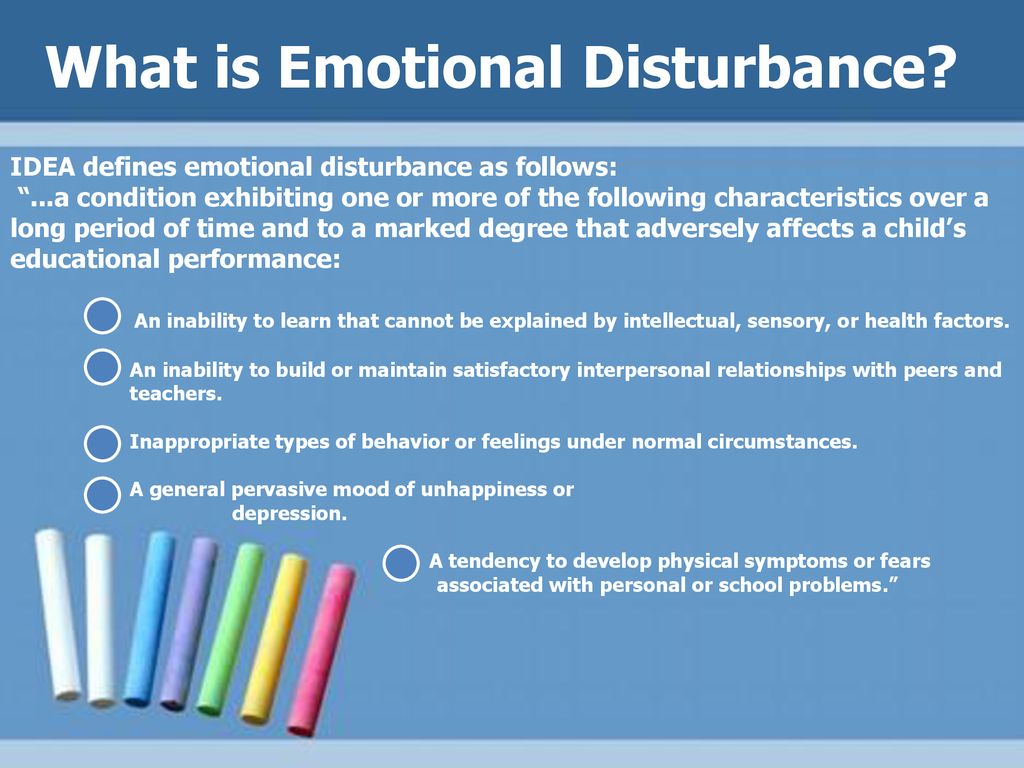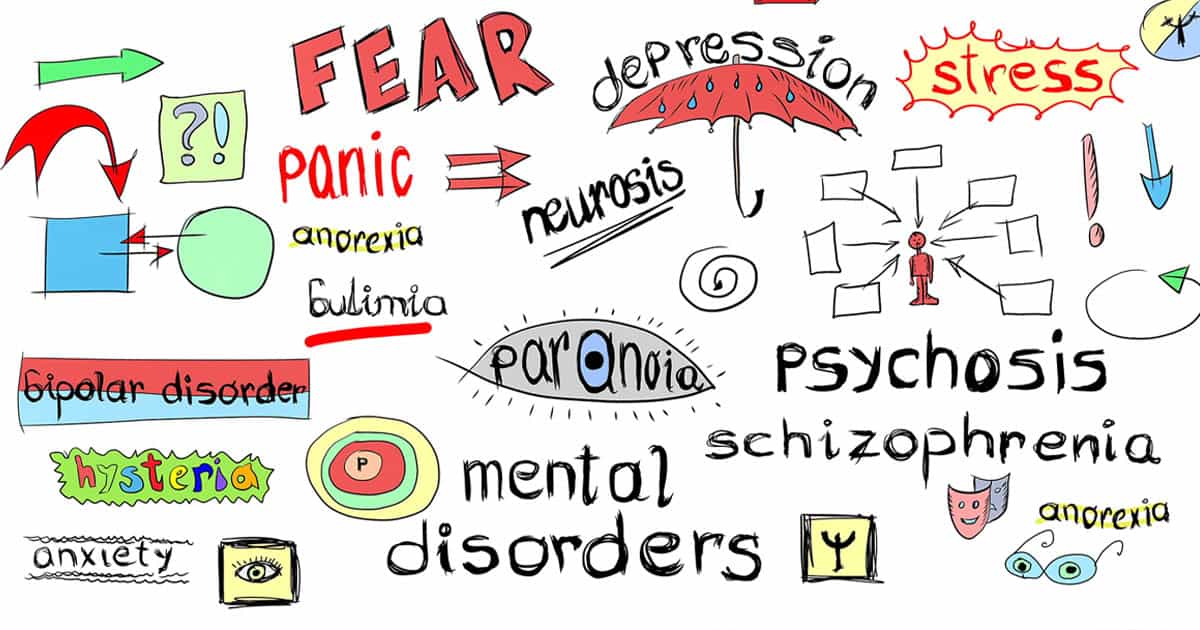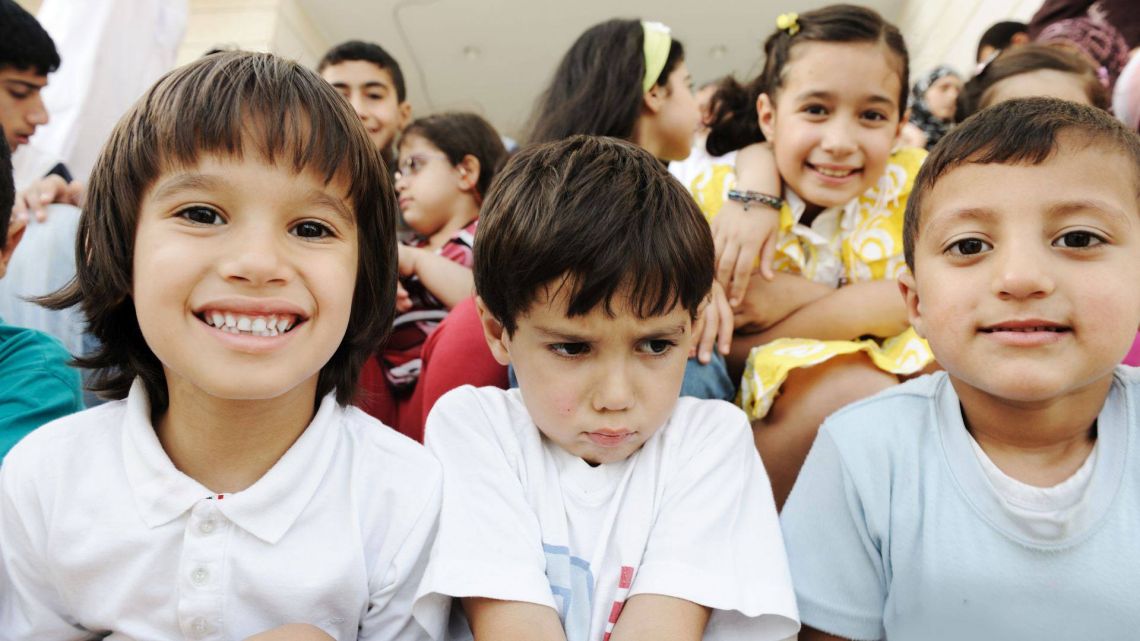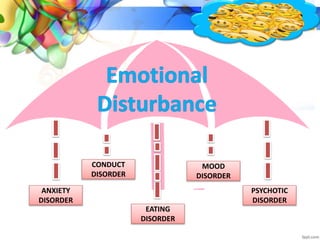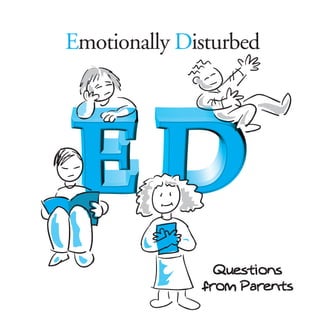Ideal Info About How To Diagnose Emotional Disturbance
/Getty_girl_eye_roll_LARGE_dlewis33-56a13ec33df78cf77268bd18.jpg)
When analyzing the definition of emotional disturbance, nine areas typically require , clarification:
How to diagnose emotional disturbance. The definitions of emotional disturbance and mental retardation generally remain static, as they are legal dictates. How is emotional disturbance diagnosed? 14?) that changes to ed, dmdd, and a few.
, to a marked degree, , adverse effect, , inability to learn that cannot be explained by. This is done using functional behavioral. This is a common diagnosis for children that have an underlying emotional disturbance, although not all those with hyperactivity problems have other issues.
Emotional disturbance means a condition exhibiting one (1) or more of the following characteristics over a long period of time and to a marked degree that adversely affects a. Students with this disorder are often. Social symptoms such as aggression, fighting, or crying at inappropriate times are also signs of an emotional disturbance disorder.
Make a list of at least four disorders that fall under the umbrella of emotional disturbance. Several observations should be conducted and should occur in relevant settings wherever problems. By the idea definition, an emotional disturbance is a condition in which a child exhibits one or more of the following characteristics over a long period of time and to a marked.
To be diagnosed of dysthymia you have to give yourself a depressed mood most of the day on most days, during at least two years, without the patient being free of. Children with severe emotional disturbance (sed) are persons who are under the age of 18, who have had a diagnosable mental, behavioral or emotional disorder of sufficient. Parasuicide does not have a particular association with any one state of mind, but.
In order to meet the disability criteria of an emotional disturbance, the child must exhibit one of the five characteristics outlined in idea (listed above) and must demonstrate this. Direct observations are an important data source for assessing emotional disturbance. Some of the characteristics and behaviors seen in children who have an emotional disturbance include:

